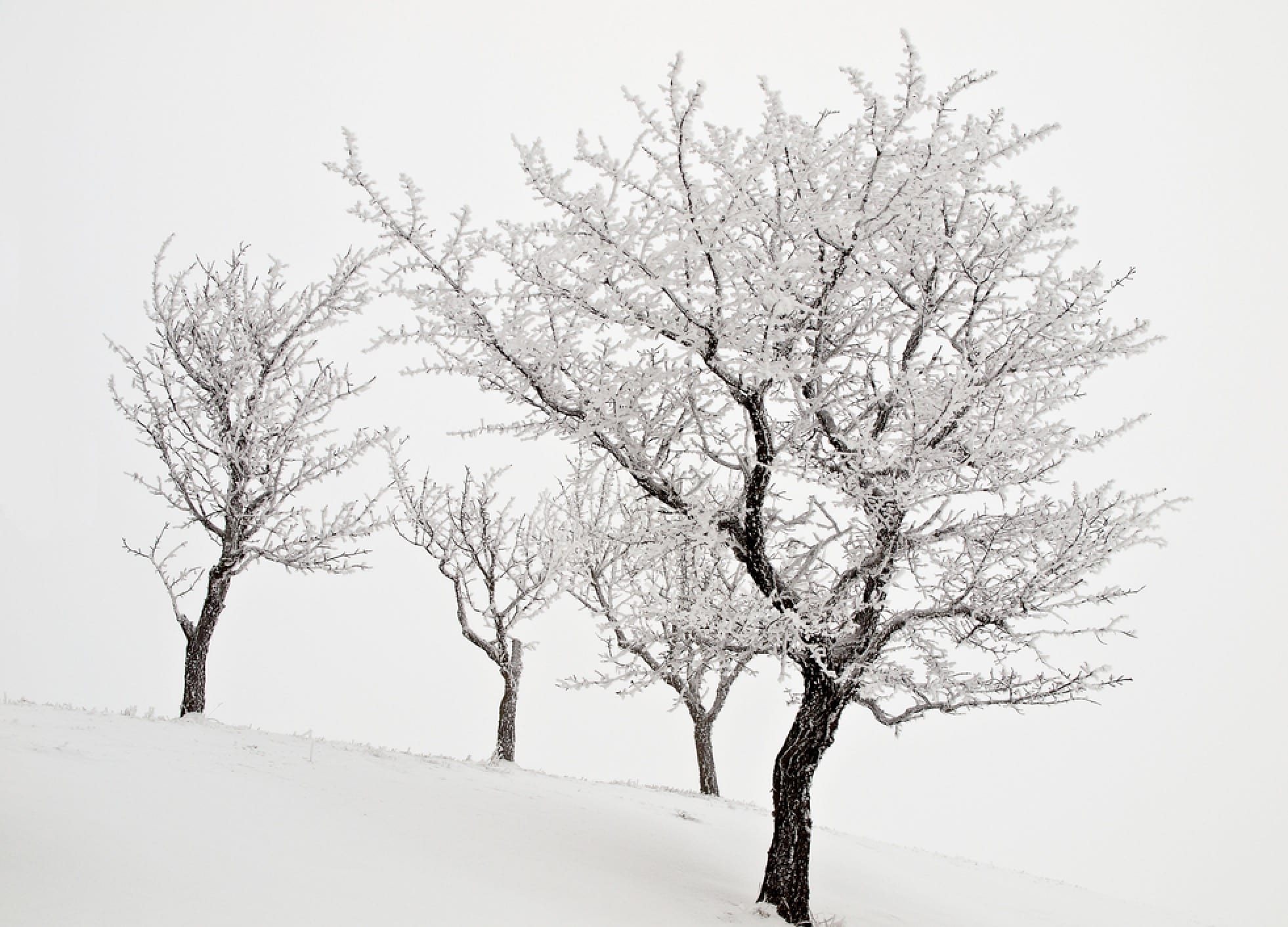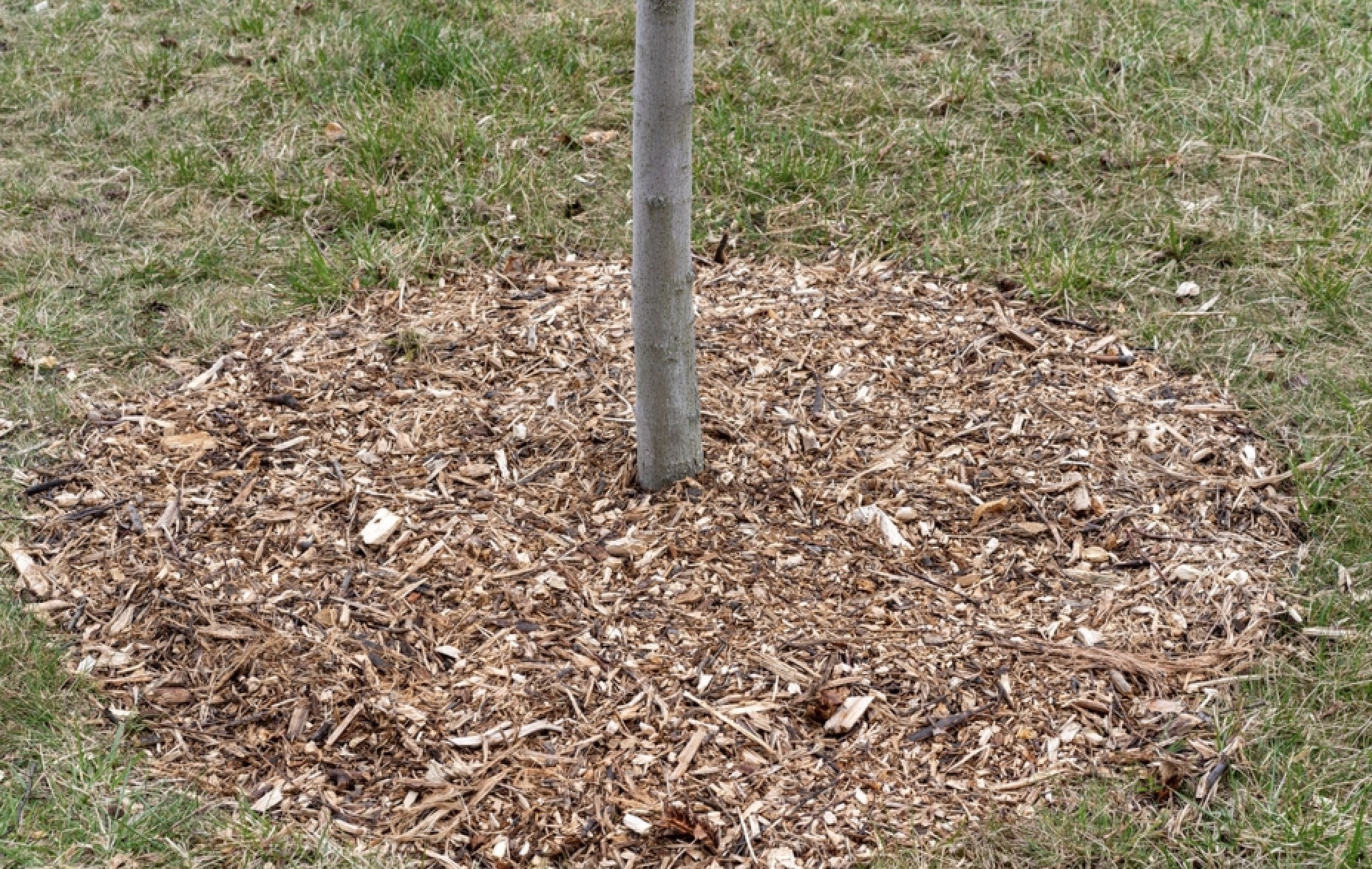| Question | Can a Tree Freeze to Death? |
| Answer | Yes, Under Certain Conditions |
| More Info | 1. Temperature Extremes: Trees are more likely to freeze in sudden, extreme cold, especially if they’re not acclimatized. 2. Type of Tree: Some species are more vulnerable to freezing than others. 3. Duration of Cold: Prolonged exposure to freezing temperatures increases the risk. |
Trees are incredibly resilient and can handle the cold better than humans can.
The real problem isn’t usually the cold; it’s fluctuating temperatures. We’ll get into that below.
Healthy trees usually do not freeze to death (assuming it’s a native tree we are discussing.)

How Trees Survive Freezing Temperatures
During the winter time, trees enter dormancy. This process protects them when they would otherwise get frostbite.
- To prepare for dormancy, trees gather extra water. This water helps them survive when the ground is frozen and they can’t pull any up
- Dormant trees slow their metabolism, hardly grow and conserve as much energy as they can. They are effectively hibernating.
When Trees are Most Vulnerable
During the tail end of winter or the beginning of springtime, it can warm up for a week, and then get bitterly cold again. The tree will emerge from dormancy when it gets warm.
This is the time of year when the tree is most likely to freeze to death. During this warm patch, the tree can and will begin to bud. When it gets cold again, it will damage the tree, which is now susceptible to frostbite.
A little frostbite can hurt a tree, but it doesn’t usually kill it.
How To Keep a Tree From Dying in the Winter

To keep a tree from dying in the winter, consider the following steps:
- Mulching: Apply mulch around the base to insulate roots and retain moisture.
- Watering: Ensure adequate hydration before the ground freezes, especially in the fall.
- Wrapping: Wrap the trunk in burlap or tree wrap to protect against cold and animals.
- Pruning: Prune dead or damaged branches in late winter to promote new growth.
- Fertilizing: Avoid fertilizing in late summer or fall as this can spur new growth that may not survive winter.
Winter Die-Off
Winter die-off is when a part of the tree succumbs to the cold weather. It may be a limb or branch that was unable to stay alive. Once a limb dies, it should be removed.
This is of particular importance if it is over your home or somewhere that children play. Dead limbs fall without warning.
Symptoms of Winter Die-Off Include:
- No leaves when the rest of the tree has blossomed
- fungus
- brittle wood
- cracks or holes
- Decaying bark
The only sign that a part of the tree has died off at first is going to be the lack of buds (and eventually leaves). As the part of the tree that has died off ages, the other symptoms will become more evident. We recommend having the limb dealt with when you notice it is no longer growing any leaves.
Conclusion: Yes Trees Can Freeze to Death
Yes, trees can die in winter, but it’s usually because the tree is already sick. It’s much more common for a part of the tree to die off than the whole tree.